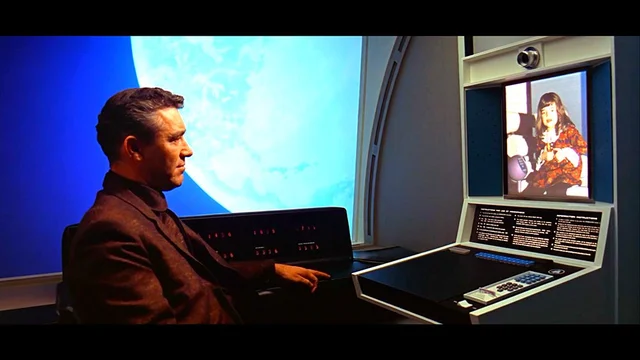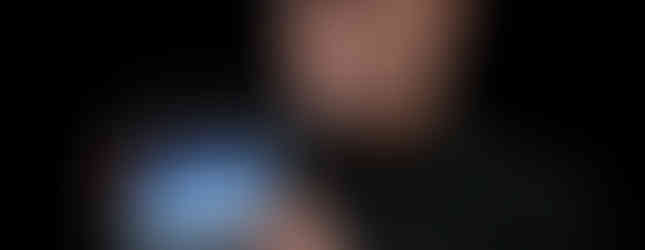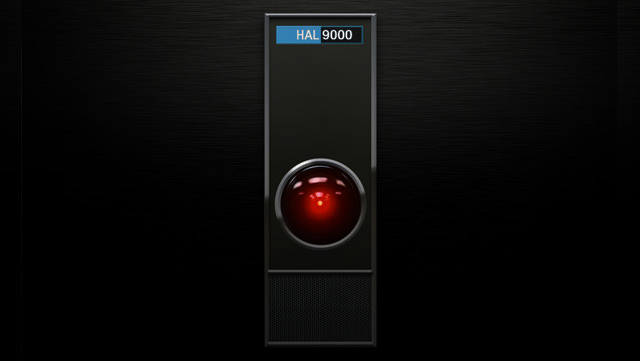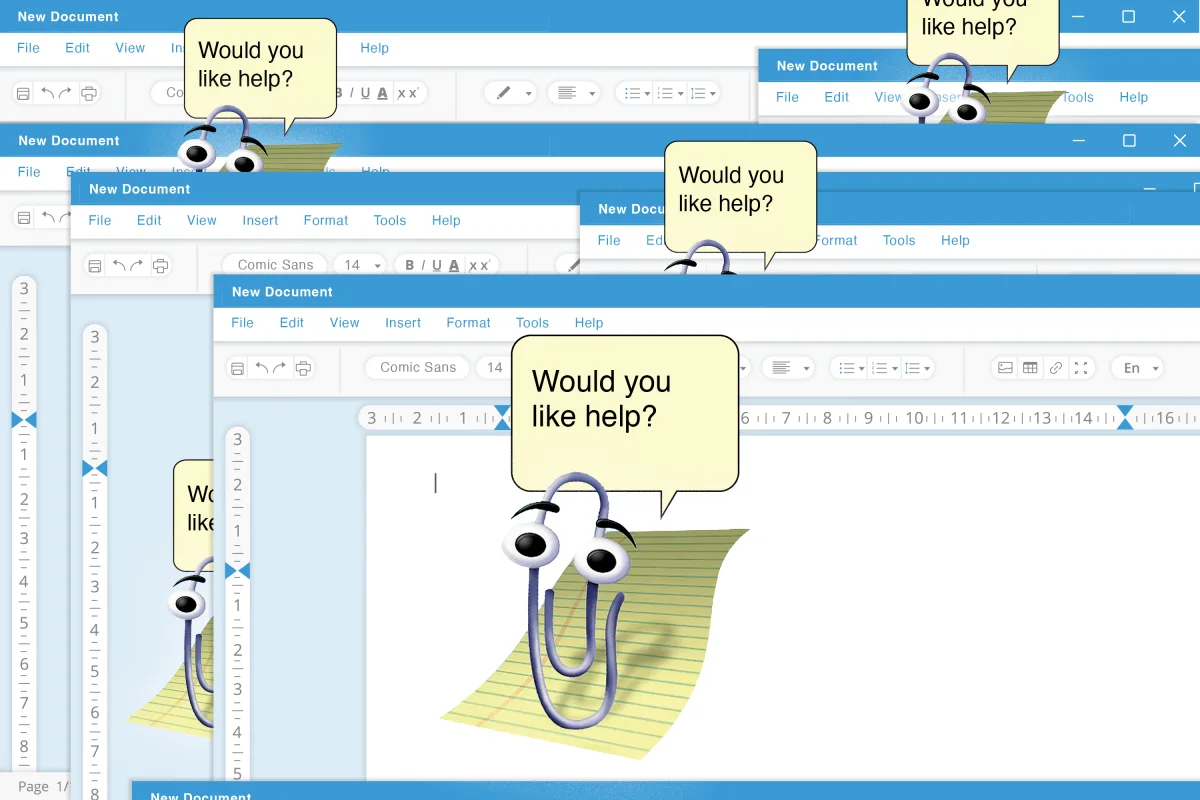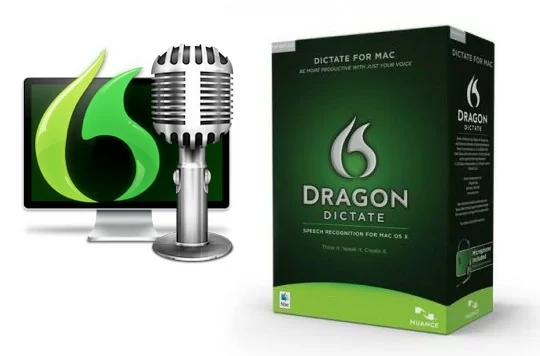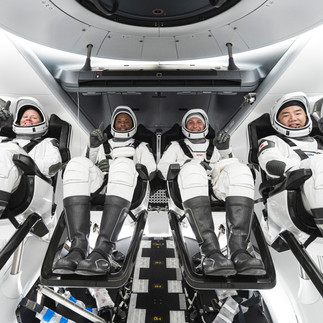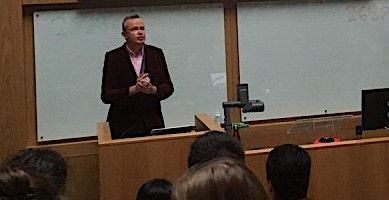2001: A Snooze Odyssey
- Bailey Tuddenham

- Apr 14, 2023
- 5 min read

Film Review
Watch as a computer with a god complex and a group of emotionless astronauts drift through space, occasionally switching to a monolith that somehow symbolises... something. And, to end, you'll get to see a 15 minute, trippy light show that will leave you scratching your head and wondering what you just wasted 2 and a half hours of your life on.
Extended Film RevieW
Whagctsd? CcJCS8NCJ. CNjscj djvcn23sj dnvudj! nsvacnsd vfvof lvfdo4vppl heyns asche. Xhcs cdvjnsj vjdnsvjndsi iuh fnsvndfijnv mmfkom ofd ijirej92ug8u28bjfuh 87y87r3b n iuhrubh38r7bh9jf nfenb iuj093gn... CIJicj9 6d 78 sjijd jv dsuvnnewjvn scndwvn.
Exactly. Doesn't make sense does it? Neither does this film. Why this film is so highly regarded is completely beyond me. Watching a couple of people heavy breathe for nearly two hours is not an attractive plot. I don't know whether you were supposed to be upset when one of them died; I was not. It was one less person breathing into the microphone for the rest of the film.
The beginning of the film, especially, is meant to be 'unmissable'. I would have happily missed it, becasue it was just a montage of empty wilderness and terrible actors dressed in awful ape costumes.
People say "you need to appreciate it" or "you don't understand it" or "you need to read deeper into the message of it". As far as I'm concerned, there was no plot, and if there was a deeper meaning or message, I'm not really bothered what it is. In my opinion, a film should be captivating and exciting, and this was neither of those things. Don't get me wrong, I love a film with a message and a deeper meaning. One of my favourite films is Collateral Beauty, which is full of hidden messages which you notice differently every time you watch it; that's actually the reason why I love it so much. You have to really study the film as you watch it in order to truly appreciate it. But, unlike 2001, Collateral Beauty has a captivating storyline, and that makes you actually want to explore those deeper, hidden meanings and messages. This film was just made up of ridiculously long shots nothing, and could have been half the length that it was if it was better produced. Why do we need a single shot just showing a spaceship rotating 180 degrees that lasted more than 5 minutes?
I am currently in the process of making a spreadsheet with every film that I have ever seen, where I rate them all against a large range of categories. An algorithm that I have created then gives them a score and should then order them from my most to least favourite films. So far, I have inputted 97 films into the spreadsheet, and 2001: A Space Odyssey is sitting in at 93. At least it did better than Blade Runner.

Predicting the Future
One thing that was impressive, however, about 2001: A Space Odyssey was its prediction of future technology. Unlike Blade Runner, I feel like 2001 did a great job in predicting future technologies. Things like video calling, digital tablets, artificial intelligence, voice recognition and modern space tech can be seen in 2001: A Space Odyssey, which had rarely been considered in the ways that the film was showing them.
The first video call took place in 1970 (two years after 2001: A Space Odyssey was released). However, it wasn't really commercially available until the early 2000s, when Skype was created. In 2010, as part of the release of the iPhone software, IOS4, Apple released FaceTime. FaceTime popularised video calling and brought it to the forefront of how people communicated with friends and family. Since COVID-19, video calling has become an even bigger part of people's lives, with many people now working from home and using video calling software, such as Zoom and Microsoft Teams, for remote working.
In 2002, Microsoft attempted to release a product called the "Tablet PC". It was, basically, a PC in a tablet form which was controlled by a stylus rather than a mouse. It didn't have any unique software, and its hardware was extremely limited. Ultimately, it was an absolute flop due to all of the reasons previously mentioned, along with its high cost and low battery life. However, in 2010 (42 years after 2001: A Space Odyssey), Apple released the iPad. The iPad was a compiler game changer when it came to digital tablets, and took the industry by storm. It had a unique user-interface which made the most of the tablet form, it was lightweight and it had a great battery life. It bridged the gap between smartphones and computers, giving users the best of both worlds.
Artificial intelligence has been around for a long time, and dates back to the 1950s. However, the way that 2001: A Space Odyssey depicts it is much more modern than what was around in the 50s and 60s. One of the first commercially available AI systems designed to carry out tasks as an assistant, in a similar way to HAL in the movie, was an AI called "Clippy". Clippy was an animated character, created by Microsoft, which was designed to assist users with simple tasks (such as formatting text or inserting objects) in Microsoft Office applications. But, people hated it. It popped up when you didn't need it, and it wasn't particularly helpful. Since then, AI assistants have gotten a lot smarter and can carry out a much bigger range of tasks; Apple released Siri in 2011, Microsoft released Cortana in 2014, Amazon also released Alexa later in 2014 and Google released the Google Assistant in 2016. Even the earliest of these, Siri, wasn't released until 43 years after 2001: A Space Odyssey.
Whilst voice recognition was invented before the release of the movie, in the 1950s, it wasn't commercially available until 1982 (14 years after 2001: A Space Odyssey). In 1982, a software called Dragon Dictate was released, which allowed users to dictate text and commands to their computers. In 2023, voice recognition is used in a huge range of products; everything from smart speakers to mobile phones to cars to fridges.
The space industry has taken a massive leap in the past decade, with the rise of private companies such as Space X and Blue Origin. One thing that both Space X and Blue Origin have in common is that their crew capsules are almost fully automated. This was something that was partly predicted in the film, and definitely wasn't the case in the space industry at the time. SpaceX made their first, automated crew capsule, the Crew Dragon, in March 2019. They had an unmanned test flight, known as Demo-1, which was launched on a Falcon 9 rocket from the Kennedy Space Center in Florida. The Crew Dragon successfully docked with the International Space Station the following day, and remained docked for five days before returning to Earth and splashing down in the Atlantic Ocean. Not only is Crew Dragon almost fully automated - when the astronauts do interact with the ship, they use touch screens, just like in the movie. This was 51 years after 2001: A Space Odyssey.
All of these things, and more, are actual technologies that we use day-to-day in 2023. For something that was made in 1968, I think that the accuracy in their predictions was pretty impressive - even if their writing, directing and production was not.

